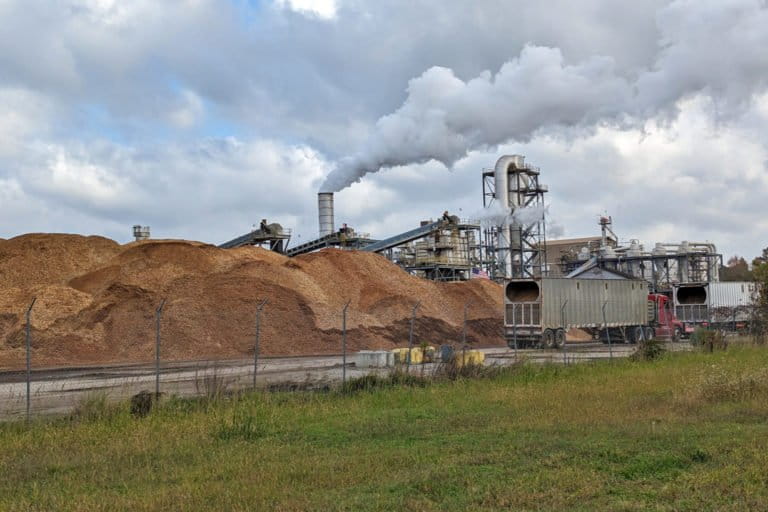
As I was preparing my exclusive whistleblower story, a commentary was released in the journal Nature that sought to weigh in on the late-stage negotiations in the European Union on its Renewable Energy Directive (RED) as it applied to biomass harvest and burning. The headline pretty much summed up the message: EU climate plan boosts bioenergy but sacrifices carbon storage storage and biodiversity.
I interviewed the lead author, Tim Searchinger of Princeton, sought comments from sources in The Netherlands and Germany regarding the state of the negotiations, got one German member of parliament to answer a few questions without attribution, and layered in context regarding European politics and bioenergy industry lobbying.
The result: this story that updates readers on the state of RED negotiations and the latest scientific arguments for limiting biomass harvest and burning, and eliminating billions in subsidies. A reference to my whistleblower story fit into the story as well.

